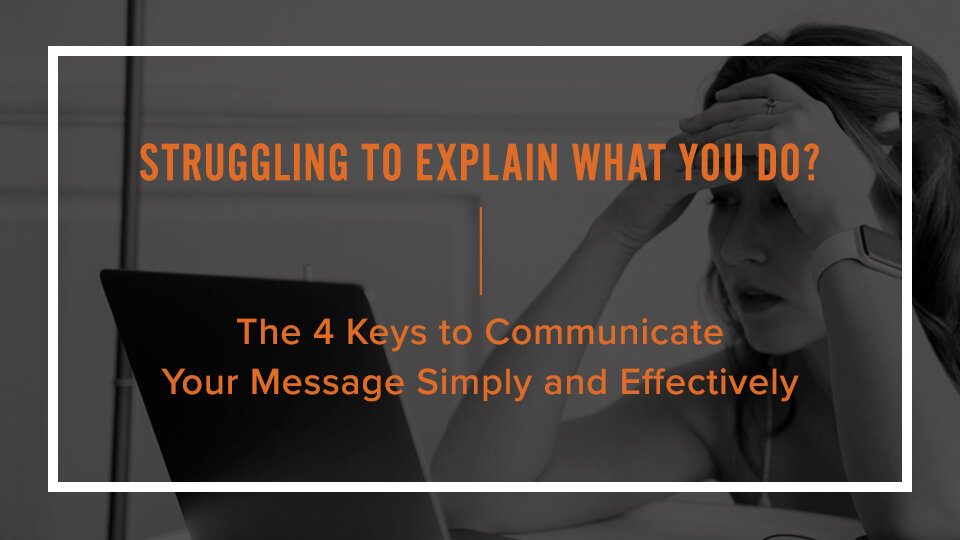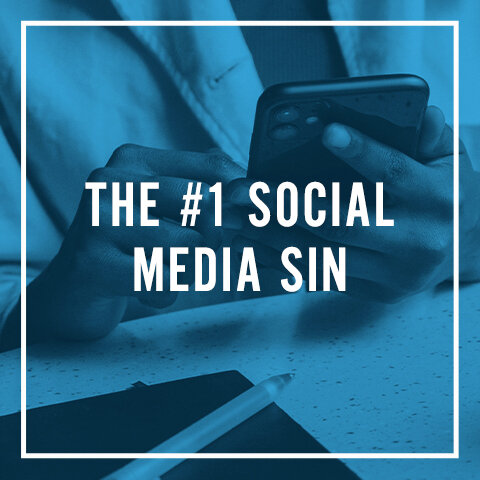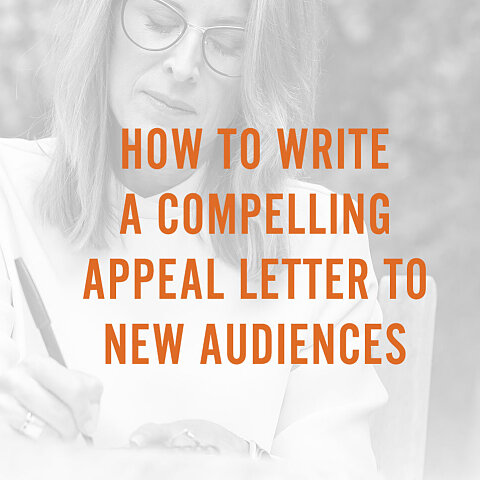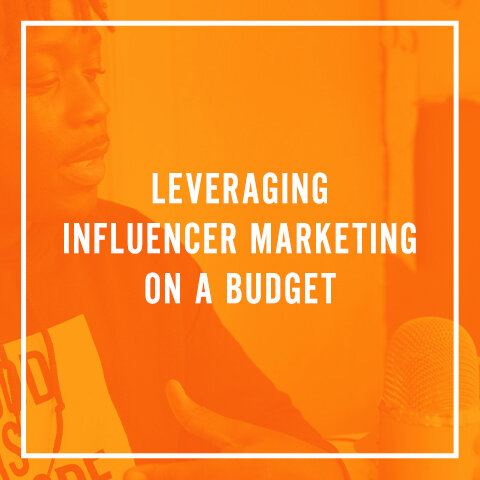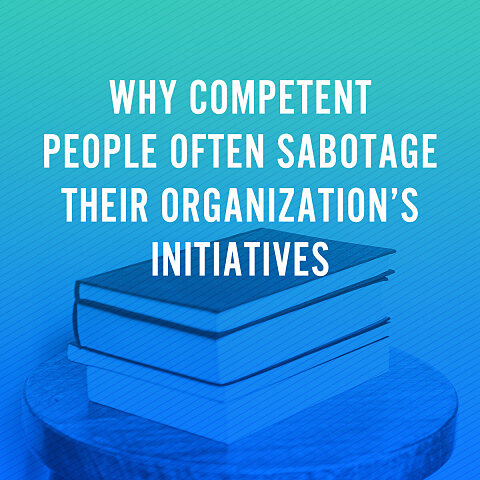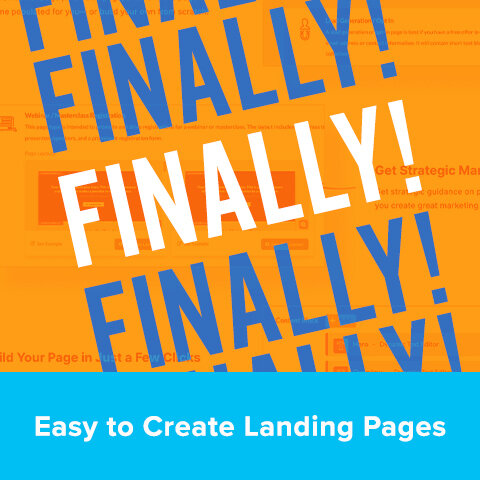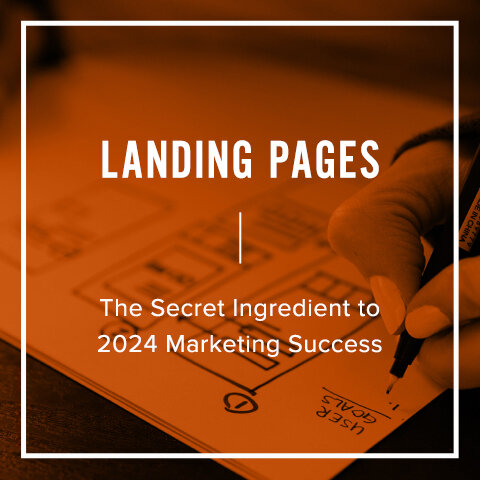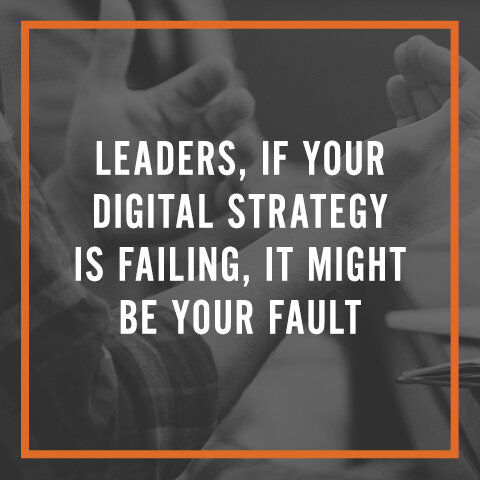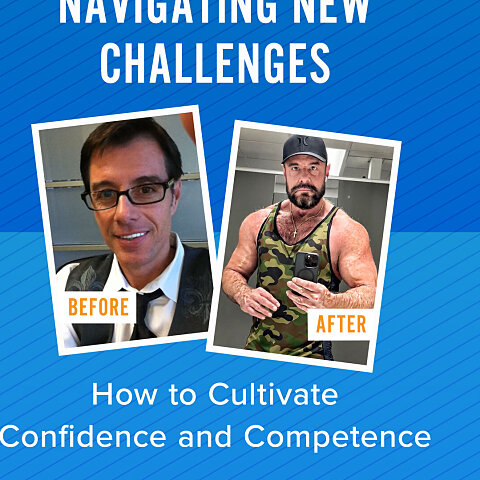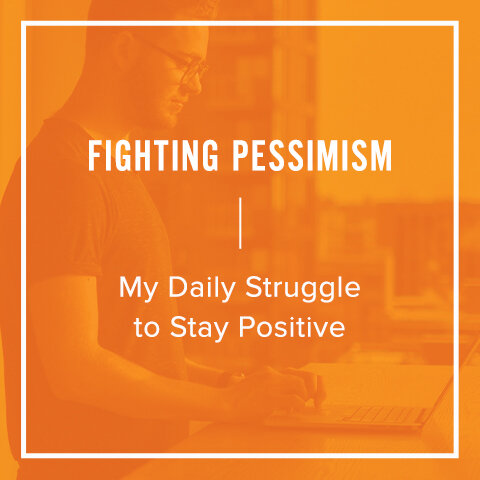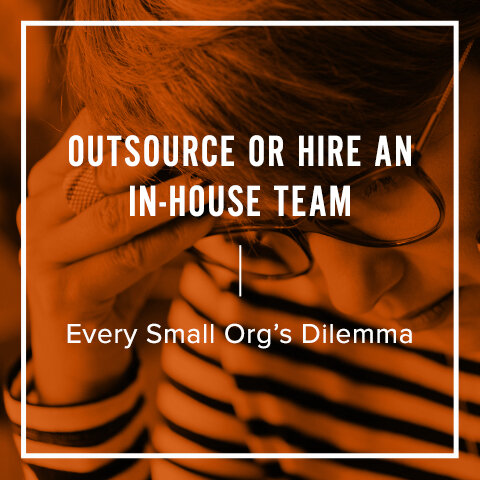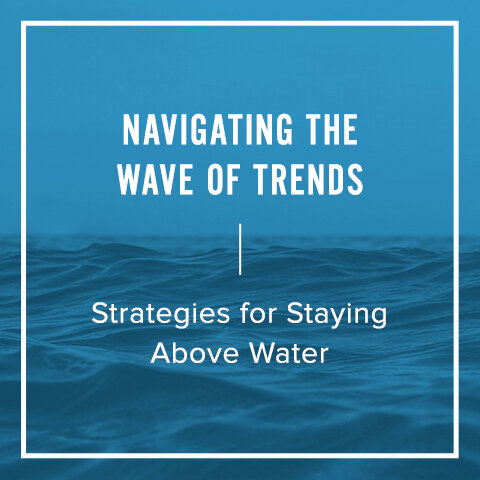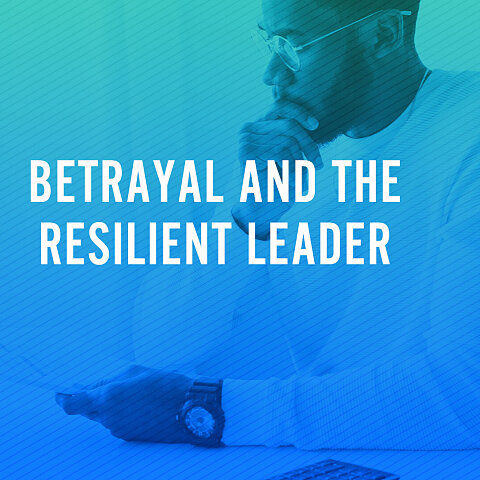Struggling to Explain What You Do? The 4 Keys to Communicate Your Message Simply and Effectively
By The A Group
Most people think of their brand as a mark, colors, and font choices. Those elements are essential, but they support the most critical part of your brand: messaging.
Brand messaging helps you tell your organization’s story clearly, and concisely that speaks to your target audiences.
At The A Group we refer to four elements that make up a brand. Combined, these help guide messaging and ensure that all communications are easily understood and consistent, and most of all, effective.
1. BRAND PROMISE
Sometimes called a tagline, this is the element of brand messaging that people are most familiar with. It is Nike’s “just do it,” L’Oreal’s “because you’re worth it,” Apple’s, “think different.” We prefer to call it a “brand promise” because it’s not just a catchy slogan; its purpose is to promise your audience something.
A good brand promise should be short, memorable, and transferrable, and it should make a statement about the value the brand offers its audience.
Foster Village is an organization that resources foster families with a holistic approach, including sustained care, community integration, and dignity for the children in the system. We have worked with them to develop their brand messaging.
Their brand promise is:
“Children deserve a village beyond the system.”
2. BRAND ESSENCE
Your brand essence is a set of key elements or phrases that capture the heart of the brand and what it offers.
The brand essence captures some of the emotional elements of your brand or some of your organization’s values. It helps you understand what makes you different and what experience you want your customers or supporters to have.
Think about some of the brands you know and love. Don’t they bring up certain connotations? Luxury. Adventure. Quality. Warmth. Hospitality. Tradition. You can feel these qualities, even if the company never states them outright. This is brand essence.
Your brand essence will not necessarily be published publicly, but identifying it through brand messaging exercises is essential to understanding who you are and what experience you deliver to your customers. This essence should inform key messages, marketing copy, and even visuals to make sure you’re portraying the emotions and values of your brand.
Foster village’s brand essence includes messages such as:
- bringing dignity to the system,
- a holistic approach, and
- sustained care.
3. POSITIONING STATEMENT
Your positioning statement is a one- to two-sentence statement that describes your target audiences, the unique way you serve the market, and your unique value promise. From just this statement, your audience should be able to understand at a high level what you do and who you serve. Ask yourself:
- What audiences do we serve?
- What do we provide those audiences?
- What makes us different?
Within the answers to those questions lies your positioning statement. Every single person in your organization should be able to recite this statement if asked.
Foster Village’s positioning statement:
“Foster Village bridges the gap between foster families and a community that wants to help, providing holistic support to our most vulnerable children and families.”
4. OVERVIEW STATEMENT
The overview statement is your go-to “elevator pitch.” It is a more extended version of the positioning statement. It often begins with the positioning statement and elaborates to provide more information.
While the positioning statement might point to the result of what your brand offers, the overview statement can provide:
- More insight into how your brand operates.
- Your approach.
- Specific services you offer.
- Even logistical information such as locations.
Overview statements are typically no more than a paragraph long. They can be found on the About page of websites, at the beginning of marketing brochures, at the end of press releases, and anywhere you need a quick descriptor of your organization.
Here’s a part of Foster Village’s Overview Statement
“Foster Village bridges this gap between foster families and caregivers and those who want to help, meeting practical needs and providing holistic support beyond the system. Through engagement with our community, we equip families with basic necessities like clothes and furniture, connect foster families to resources and to each other and advocate for children in foster care, their foster parents and their biological families. As we bring dignity to the system and care for the caregivers, foster families are sustained and generations of vulnerable children and families are empowered to overcome adversity.”
Brand messaging certainly doesn’t end there. As it’s applied, it takes new life, being able to speak to various target audiences through key messaging and pieces explicitly designed for them. However, laying the foundation is critical to making sure you portray your brand accurately, consistently, and in a way audiences can connect with.
Clear messaging is more important than your logo, colors, and fonts. To see how these got applied to Foster Village visit www.fostervillage.org.
